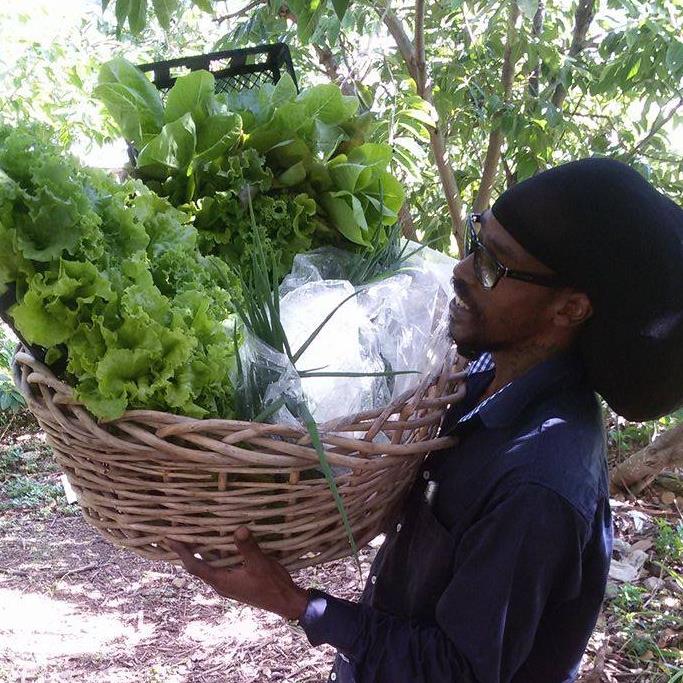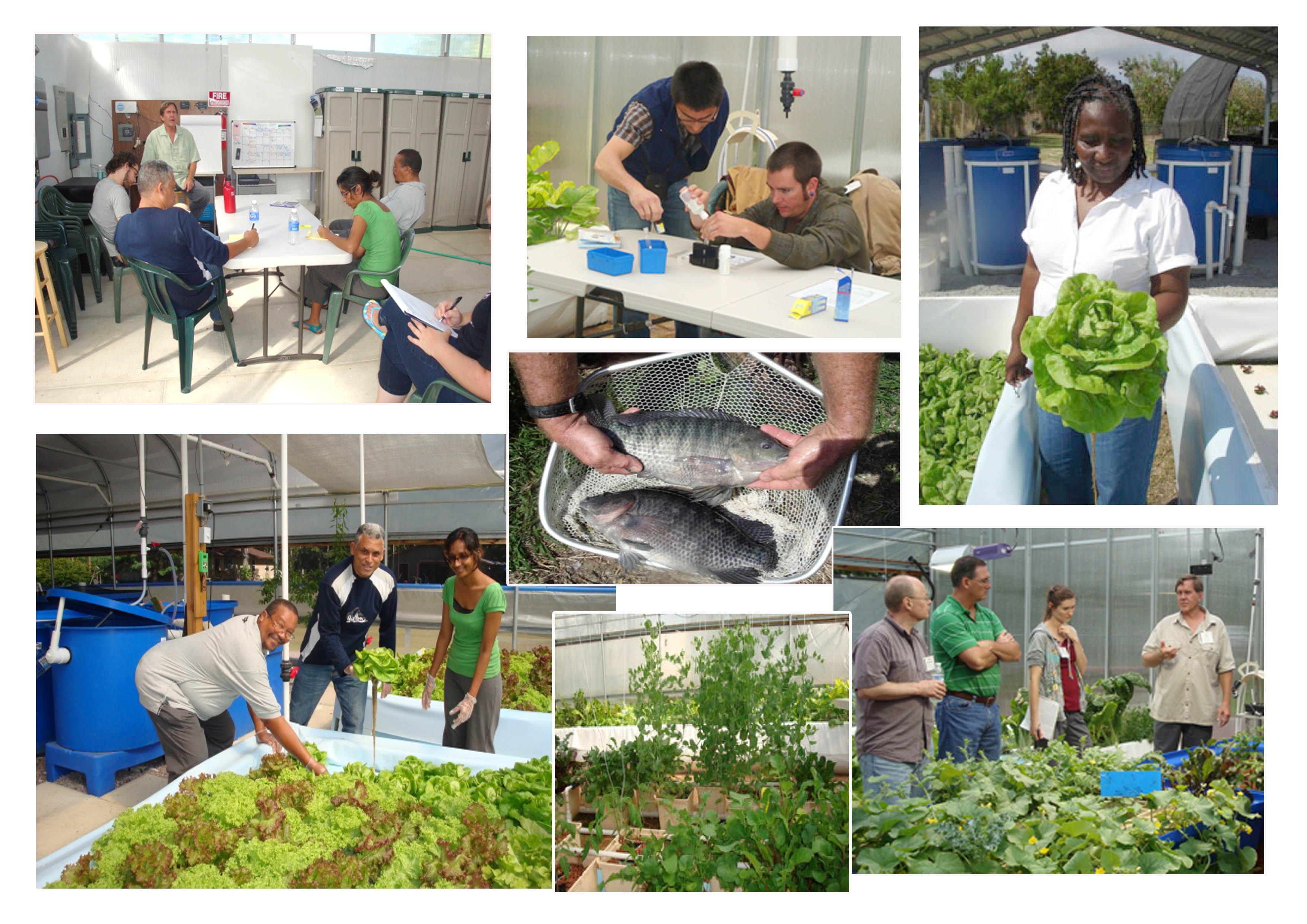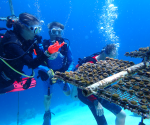AGRICULTURE ON ST. MAARTEN – The Case of the Illusive Nut
~ A six part series on agriculture published initially in StMaartenNews.com email newsletter ~

Part 1 – Why we should store up food like animals
Ever stop to wonder why so many animals store up food for the winter season? This is to help them survive when Mother Nature shuts down on them. Animals understand the seasons of the year and the weather conditions these brings perfectly and they plan ahead of time in preparation for when the going gets tough. You’d be amazed at the variety of animals that store up food in order to survive: ants, squirrels, leopards, camels, birds, beavers, moles and even crocodiles. Human beings, as so-called ‘higher animals’, are supposedly smarter than animals lower on the food chain. So shouldn’t we be doing things better than animals when it comes to food? This is the first of a 6-parts series about the importance of agriculture. Agriculture should help us store up food like animals do instead of us acting like animals after a hurricane hit and looting supermarkets and other businesses. Therefore, in part 2 we will discuss why agriculture should be a priority on St. Maarten.

Part 2 – Food security should be our number 1 priority
If you were in St. Maarten a few days after Hurricane Irma struck you would understand why agriculture is so vital to a country’s survival. Banks were closed; supermarkets were looted or on lock-down; bars and restaurant were without electricity. Money in the bank meant nothing to anyone. That money was inaccessible. Hunger for many people was looming. Some organizations like the Tzu Chi Foundation and Cake House Supermarket in Cul-de-Sac were giving out free bread. Now, in a post-hurricane Irma recovery phase, we are talking about reconstruction and rebuilding roofs, renovating airport terminals and jumpstarting our vital tourism industry. However, food security should be our first priority. But first let us have a look at the effect hurricane Irma had on our agricultural sector on St. Maarten. In part 3 we will discuss the devastating effect Irma had on agriculture in St. Maarten.

Photo caption: Lowland Community Gardens montage of before and after turning the property into a greenhouse for locally grown produce.
Part 3 – Farmers are few and unique in St. Maarten
The few farmers St. Maarten has, had it extremely rough during the passing of hurricane Irma. They had absolutely no support or assistance in securing their property and their livelihood. Farm products were totally destroyed as a result. Unlike many other businesses that were destroyed during the hurricane, agriculture is unique in the sense that it requires time to grow its products. Supermarkets can buy and sell their products at their convenience and charge exorbitant prices at that as well. Farmers have to grow and nurture their crops before they can reap any benefit. It is sad that so many businesses do not support locally produced agricultural products. Farmers have to fend for themselves; pay GEBE without any subsidies; and still pay taxes like everybody while certain businesses get tax breaks for up to 10 years in the tourism, hospitality and gambling sectors. We need a paradigm shift in our thinking. We need food to survive before we can think about serving and attending to the needs of tourists. In part 4 we will discuss how agriculture can actually boost tourism.

Photo caption: Denicio Wyatte with a basket full of green produce from his agricultural station.

Photo caption: Lowland Community Gardens aquaponics montage.
Part 4 – How agriculture can boost tourism
Imagine a scenario where after the hurricane, the public could have still had direct access to fresh vegetables, fruits and fish instead of depending on imported canned goods and expired products. If there is to be talk about rebuilding St. Maarten post-Irma, integrating food security as a means of survival after any disaster, should be the main topic in such a discussion. It is technically possible to set up indoor farming systems on the island. Even well-built houses can be equipped with indoor agriculture systems to grow food. With land available for agriculture limited on the island, creative and innovative systems should be considered and implemented in a post-hurricane re-development phase. Existing farmers should be encouraged to pool their resources and work together on land government can allot for agricultural development. Better yet, these farmers can be stimulated with government support and subsidies to use their agricultural knowledge to help design, build and promote indoor agriculture. Together with government, these farmers can set up an infrastructure to supply these home-grown produce to supermarkets, restaurants and hotels. Government assistance will be necessary because it is a fact that small-scale agriculture is expensive, but it is also the most productive form of agriculture that can exist on a small tourism-based island like St. Maarten. This form of agriculture can have a positive effect on tourism with freshly grown produce coming immediately from the agricultural stations direct to the tables of tourists at hotels and restaurants.

Part 5 – Government’s Plan B should include agriculture
The time has come for the government to have a “Plan B” for emergency situations to make St. Maarten truly import-independent where food is concerned. Government need to include a budget for agriculture. As a matter of fact, government should have a ministry of Agriculture and appoint a minister of Agriculture to focus government budgetary expenditures effectively in this sector. Such a call for government to set up a ministry for agriculture should not result in the usual bureaucratic procedures of setting up review committees and the having of debates in Parliament by the political parties and their politicians jockeying for political appointments for their support. The setup of such an entity should be a nonpartisan endeavor and it should include all existing farmers on the island as they have proven capable of surviving all these years without government support, they should be able to effectively implement and execute a government agricultural policy and program efficiently and effectively.

Photo caption: Joslyn Richardson’s Hillside Adventures campsite as a part of his agriculture station up Marigot Hill.
Part 6 – Promoting agro-tourism to help agricultural development on St. Maarten come full circle.
As we have shown in part 5, it is in government’s interest and the island as a whole for government to set up a committee to look into farming, optimal land allocation and even stimulating indoor farming with new techniques and innovations to effectively make use of the limited land and space available. In this last part of this series about agriculture on St. Maarten, we look at ways of making it sustainable and a means of attracting tourists to the island. Agro-tourism is such a means of generating tourism income and still operate in a sustainable manner. This can be achieved by having tourists, especially cruise tourists visiting for the day, tour agricultural stations, help with the work as volunteers (‘voluntourism’) and buy and eat food freshly grown on the land for their lunches and dinners at restaurants supplied by the agricultural stations they just visited and volunteered at that day.

Photo caption: Loterie Farm eco-resort.
Conclusion
We can go on and on with ideas how to stimulate and make agriculture successful on St. Maarten and grow it into an industry that can provide food security on the island and help the island survive and recover faster after any type of natural disaster, such as flash flooding, earthquakes and hurricanes. Agriculture should and must not be neglected any longer. Life on St. Maarten has a lot to offer and most of it can be grown fresh on the land itself. We deserve every freshness life has to offer. Start your own indoor farm today. Don’t be like the squirrel in the Ice Age movie that kept trying to get to his acorn forever, because it will be an illusion to think we could survive another devastating hurricane without securing local food security through agriculture.


























